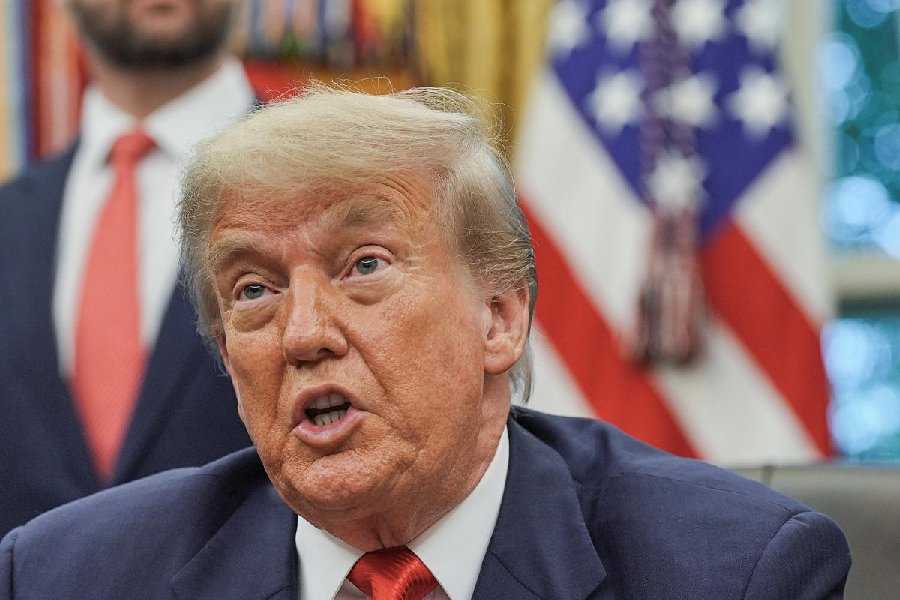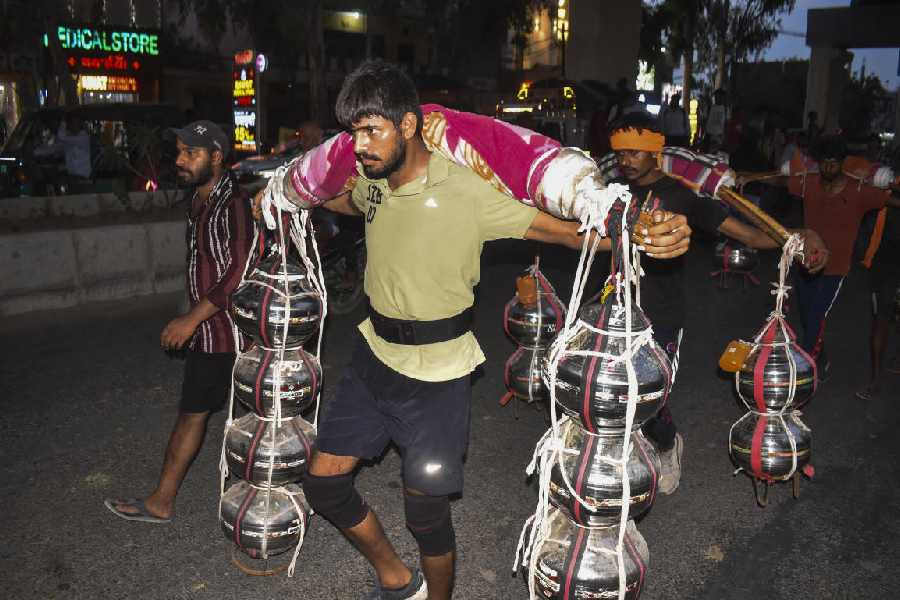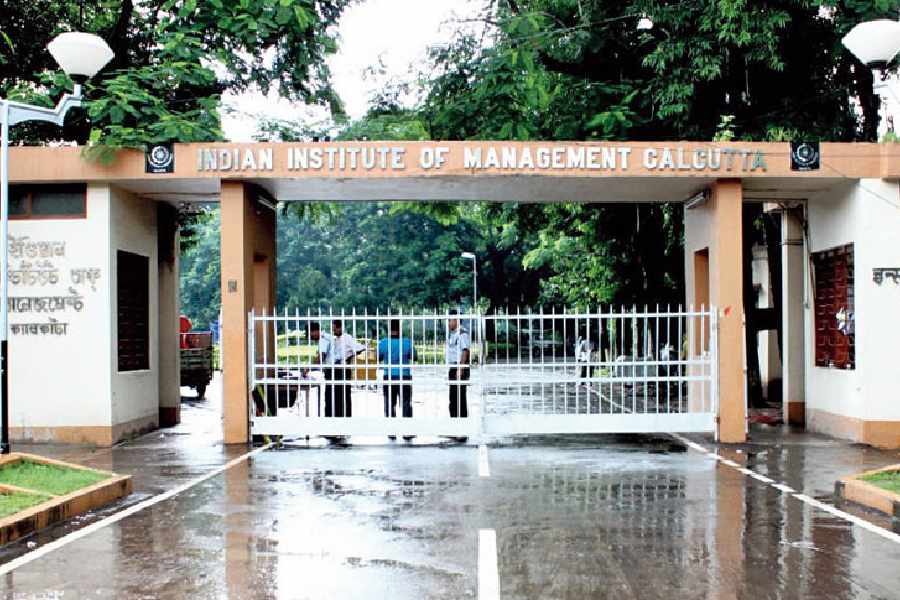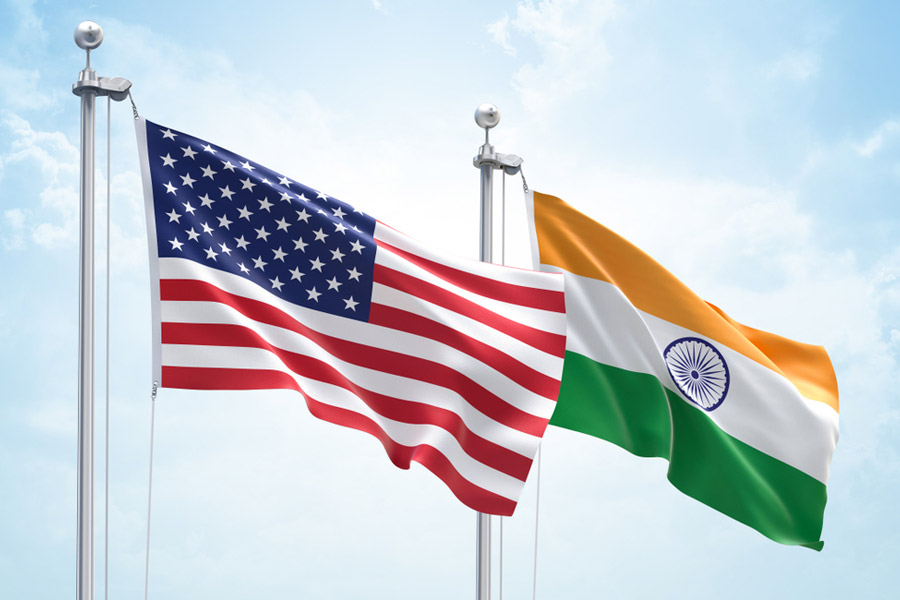 |
Hyderabad, Nov. 22: Andhra Pradesh’s successful use of government-backed micro-credit to empower rural women has spawned a paradox.
The improved economic conditions of these self-help group women and their families has led scores of for-profit microfinance institutions (MFIs) to swarm the state and lend money to them at exorbitant interest rates that have led to a spurt in suicides.
Andhra has witnessed 75 suicides in the past six months within the families of the 73.7 lakh women who have borrowed from these MFIs, who are accused of reckless lending to poor villagers with complete disregard for their ability to repay.
Often, multiple MFIs —some 44 are active in the country — lend to the same borrower in their pursuit of a grow-at-all-costs policy in a competitive market, lowering the chances of repayment.
Government officials and social workers blame the suicides on the coercive methods of the recovery agents as well as the MFIs’ practice of weekly interest collection.
“Nowhere in rural India does cash flow on a weekly basis. Farm workers are mostly paid once a year during the harvest, in one or two installments,” said B. Rajasekhar, CEO of the Society for Elimination of Rural Poverty.
The crisis has engulfed the lenders too, with the microfinance industry on the brink of collapse in Andhra, which accounts for a fourth of all MFI loans across the country.
With the suicides fuelling public anger, political parties such as the Telugu Desam and the CPI are egging borrowers not to repay the MFIs. The state government passed an ordinance last month asking these companies to end weekly collections and stop their recovery agents from going house to house.
“Since the ordinance was promulgated, the 44 MFIs have been able to recover only 15 per cent of their outstandings of Rs 7,500 crore in Andhra,” said Vijay Mahajan, president of the Microfinance Institutions Network.
The village women were initially happy to take the tiny loans because to many of them, the micro-credit they receive under government schemes — where the interest is an eighth of the MFIs’ 25 to 35 per cent rates — did not seem enough. Besides, the MFIs lured the poorly educated rural folk by saying repayment would be easy.
Zakia Sultana, 38, of Yennepalli in Ranga Reddy district rues the day her husband Abdul Waheed, a fruit vendor, attended a liquor party thrown by an MFI in their village as part of a loan-extending drive.
“He took the first loan of Rs 15,000 in my name (the MFIs lend only to women members of self-help groups) and got hooked to the ‘easy money’. He kept taking many such loans, which meant we were required to pay almost Rs 450 every week as interest,” said the mother of three.
When Waheed’s drinking binges and their daughter’s sickness made repayment impossible, the family had to borrow from the local moneylender to pay off the MFI agents “who would trail him from his fruit stall to home”, Zakia says. Sucked into a vicious circle, Waheed hanged himself on May 12.
On October 8, Lalitha, a 16-year-old intermediate student at Godaguda, 85km from Hyderabad, drank poison after recovery agents snatched the Rs 220 she was carrying to pay her examination fees. Her suicide note appealed to her farm-worker parents not to accept any more loans.
The parents had accepted Rs 1 lakh in loans in one year from several MFIs, including Spandana, SKS, Basix and L&T Finance. “We are required to pay around Rs 5,000 a month whereas our monthly income is about Rs 3,000-3,500,” said Lalitha’s mother Lakshmi.
Ironically, it all started from the state government’s successful rural anti-poverty programmes since the early 2000s, powered by micro-credit to women’s self-help groups from banks. Under the much-lauded Pavala Vaddi scheme, the government pays three-fourths of the 12-16 per cent interest, leaving the women to pay only 3-4 per cent.
Side by side, there grew a micro-credit sector mainly run by non-profit organisations, trying to show villagers a way out of poverty while shielding them from the local moneylenders. Then, about three years ago, the for-profit companies rushed in and took over the field.
What triggered the suicide spate of the past six months is the lack of work and delayed wage payment under the National Rural Employment Guarantee Scheme because of floods, a government official said.
Telugu Desam chief Chandrababu Naidu is now openly exhorting borrowers not to repay MFI loans and to chase their agents away from their villages. Under political pressure, the state government has arrested around 150 MFI loan collectors in Kurnool and Ranga Reddy districts.
There is now a proposal to force the MFIs to keep the interest rate within 24 per cent. They now charge between 25 and 35 per cent interest (calculated on a 50-week period rather than a full year), which often rises to 50-60 per cent after a couple of weeks’ non-payment of dues.
Add to that a 2 per cent processing charge which, however, many players like SKS and Spandana have now waived to ensure faster recovery.
According to state government figures, the MFIs lent around Rs 12,000 crore to the rural poor in Andhra, of which they have recovered Rs 3,888.21 crore, including Rs 1,087.48 crore in interest.
With recovery suffering, the banks, which provide most of the money that the MFIs lend, have tightened their purse-strings. SKS Microfinance, India’s largest for-profit micro-lender, says it has lent Rs 2,500 crore in all in Andhra, Rs 1,048 crore of it in October alone. But since the ordinance took effect, the banks have given it only Rs 292 crore.
The fortunes of SKS, backed by George Soros and Sun Microsystems co-founder Vinod Khosla, have now changed dramatically. The company’s revenue and profits had almost doubled annually in recent years, and it raised $358 million in its initial public offering in August. But on Thursday, its shares fell 20 per cent.
The growth of MFIs can be linked to the banking sector’s failure to reach out to the rural poor, a failure recognised even by the Reserve Bank of India. The demand for small loans is very high in villages but the poor cannot access credit because scheduled commercial banks demand a host of documents such as address proof and income certificates.
The delay in disbursal too makes the process unattractive to villagers. The MFIs, on the other hand, deliver loans at doorsteps and collect from the borrowers’ homes in small (because they are weekly) installments, which look attractive to rural people.
Accused of allowing the MFIs to run amok, the state government put the entire blame on these companies on Friday in the high court, where NGOs have filed a case against some MFIs on behalf of borrowers.
The MFI industry saw in the rural poor an “opportunity for business” that promised high profits, said an affidavit filed by rural development secretary R. Subramanyam.
“In India, MFIs initially started as ‘no profit’ NGOs working on formation of self-help groups based on weekly savings and meeting their small credit needs. In the next few years, they transformed themselves as ‘for profit’ companies. Some of them have gone for public issue and invited funds from foreign agencies also,” it said.
Mahajan, the Microfinance Institutions Network president, said the issue of multiple loans to the same borrower would be resolved soon. He said the records of 25 million loans (out of the 30 million MFI loans across the country) would be uploaded onto the credit information bureau network.
He acknowledged the irony of the problem in Andhra having its roots in the state government’s schemes for rural women, such as Pavala Vaddi. He also accepted that a large proportion of the self-help groups’ members are MFI clients as well.
“The MFI industry has suffered a significant setback only in Andhra Pradesh,” he said.










